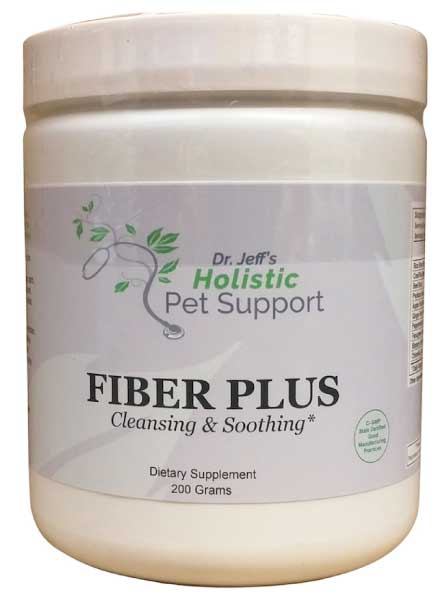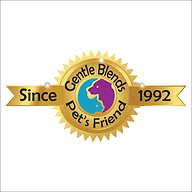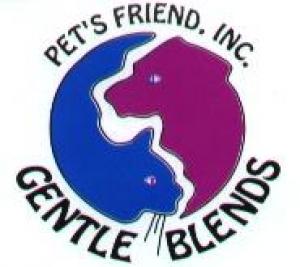- Joined
- Feb 15, 2021
- Messages
- 45
Hi @Dr. Jeff
We have a few questions regarding ChewChew's diet.
We have been keeping ChewChew's diet the same to monitor any changes after giving him Nux vomica. In the last 1.5 weeks we have not observed any obvious/consistent changes regarding to his bowel or stool. He's been getting beef for his main food, 1/2 - 3/4 boiled egg, 3/4 teaspoon Ion biome, 2 teaspoon raw goats milk, and freeze dried beef lung for treats/snuffle mat.
Also, ChewChew is feeling a little too thin right now. We just weighted him. He's now about 25.7 lbs (was 27 lbs). BUT, it's our fault. We realized that we miscalculated how much food he was supposed to get and have been giving him too little ?. We have increased the amount of beef the last 2 days.
There are a lot of things we'd like to add back into his diet, such as other types of meat, chicken feet, organs, and fish oil (omega 3). There are also some new things we'd like to try, such as blended veggies/fruits, increasing the amount of raw goats milk and ion biome, canned sardine, and varying types of treats for snuffle mat.
Our question are -
Is it ok to start changing up the meat/add to what we give him right now? How many changes can we make/how slow should we go?
We have been cutting as much fat as possible off the meat since Feb (we were worried that he might has pancreatitis). Do you think it's necessary to cut off the fat? Could too much fat worsen his condition?
Also, as ChewChew's stool has been loose for a while now, his anal sack is probably filling up (he's been licking his butt and biting the base of his tail), although currently there has been no "butt smell". Are we supposed to heat compress it? Is there any instructions on how to do it?
Thank you so much for taking the time and reading this. We really appreciate all of your help!
We have a few questions regarding ChewChew's diet.
We have been keeping ChewChew's diet the same to monitor any changes after giving him Nux vomica. In the last 1.5 weeks we have not observed any obvious/consistent changes regarding to his bowel or stool. He's been getting beef for his main food, 1/2 - 3/4 boiled egg, 3/4 teaspoon Ion biome, 2 teaspoon raw goats milk, and freeze dried beef lung for treats/snuffle mat.
Also, ChewChew is feeling a little too thin right now. We just weighted him. He's now about 25.7 lbs (was 27 lbs). BUT, it's our fault. We realized that we miscalculated how much food he was supposed to get and have been giving him too little ?. We have increased the amount of beef the last 2 days.
There are a lot of things we'd like to add back into his diet, such as other types of meat, chicken feet, organs, and fish oil (omega 3). There are also some new things we'd like to try, such as blended veggies/fruits, increasing the amount of raw goats milk and ion biome, canned sardine, and varying types of treats for snuffle mat.
Our question are -
Is it ok to start changing up the meat/add to what we give him right now? How many changes can we make/how slow should we go?
We have been cutting as much fat as possible off the meat since Feb (we were worried that he might has pancreatitis). Do you think it's necessary to cut off the fat? Could too much fat worsen his condition?
Also, as ChewChew's stool has been loose for a while now, his anal sack is probably filling up (he's been licking his butt and biting the base of his tail), although currently there has been no "butt smell". Are we supposed to heat compress it? Is there any instructions on how to do it?
Thank you so much for taking the time and reading this. We really appreciate all of your help!






